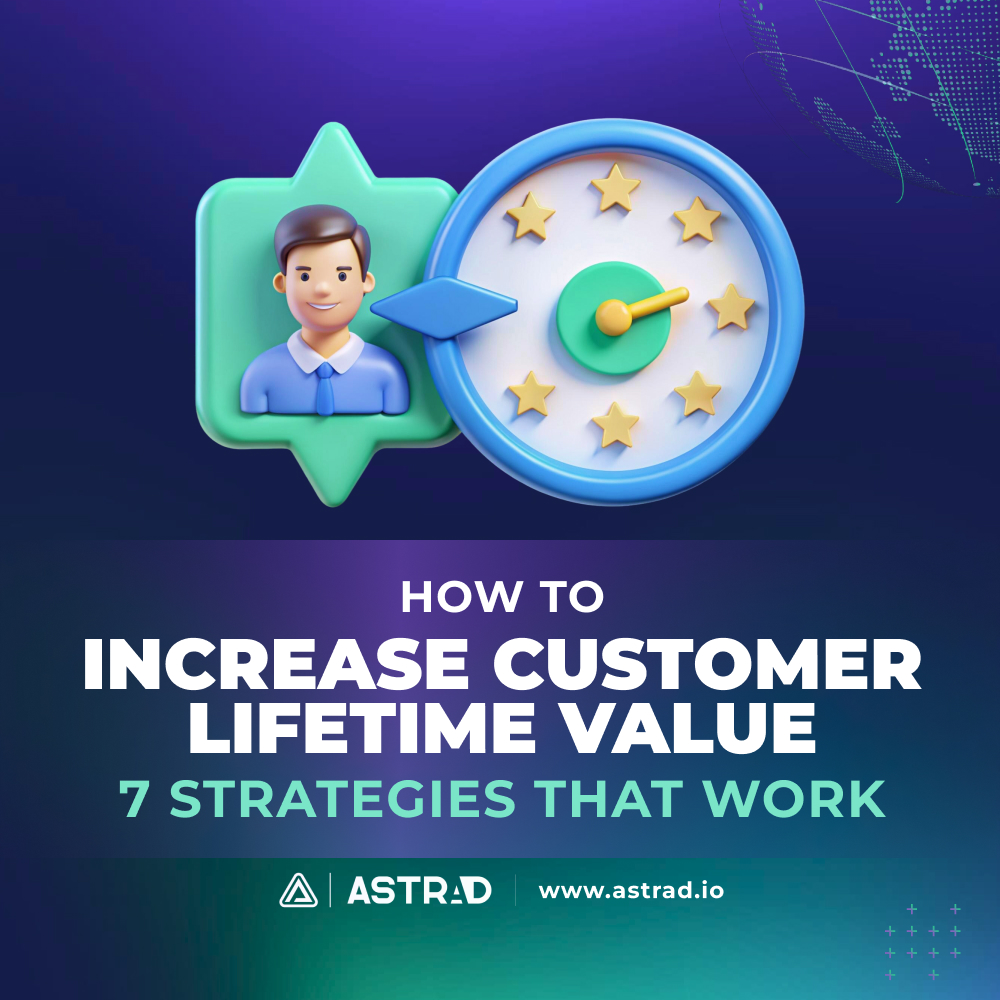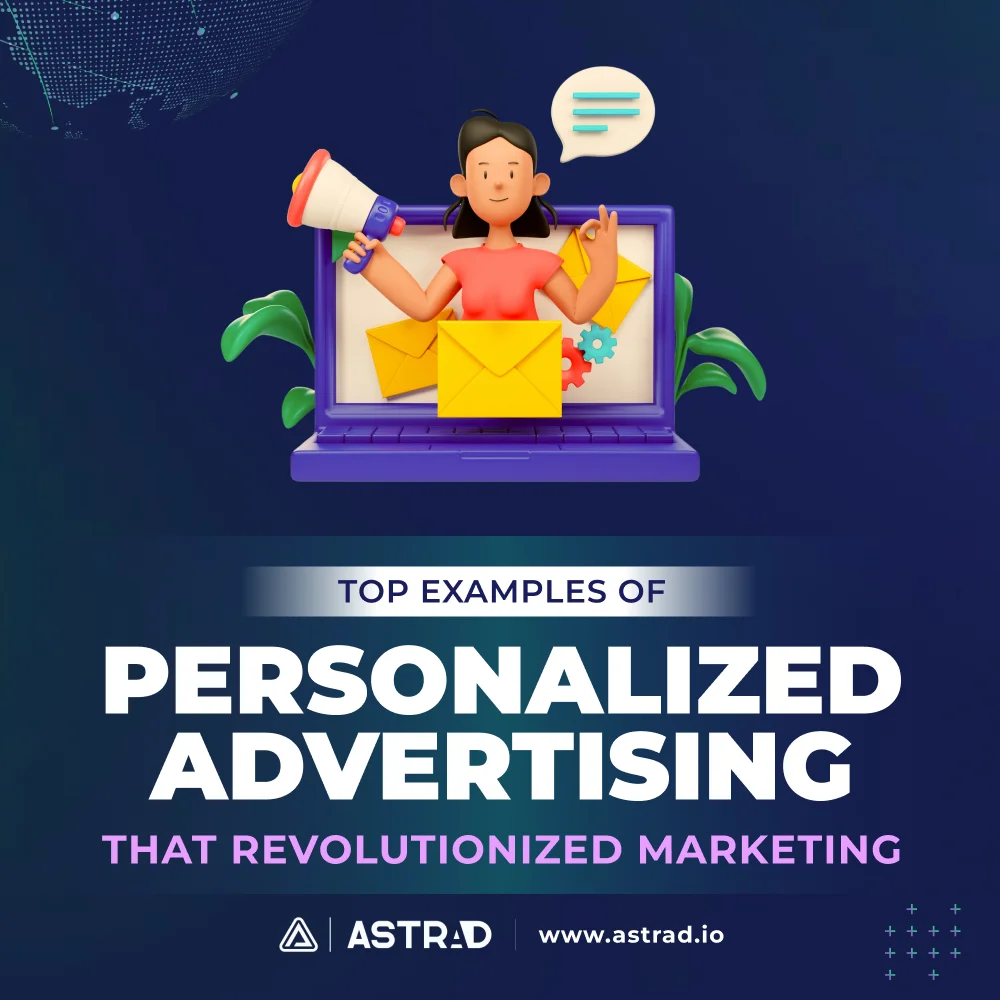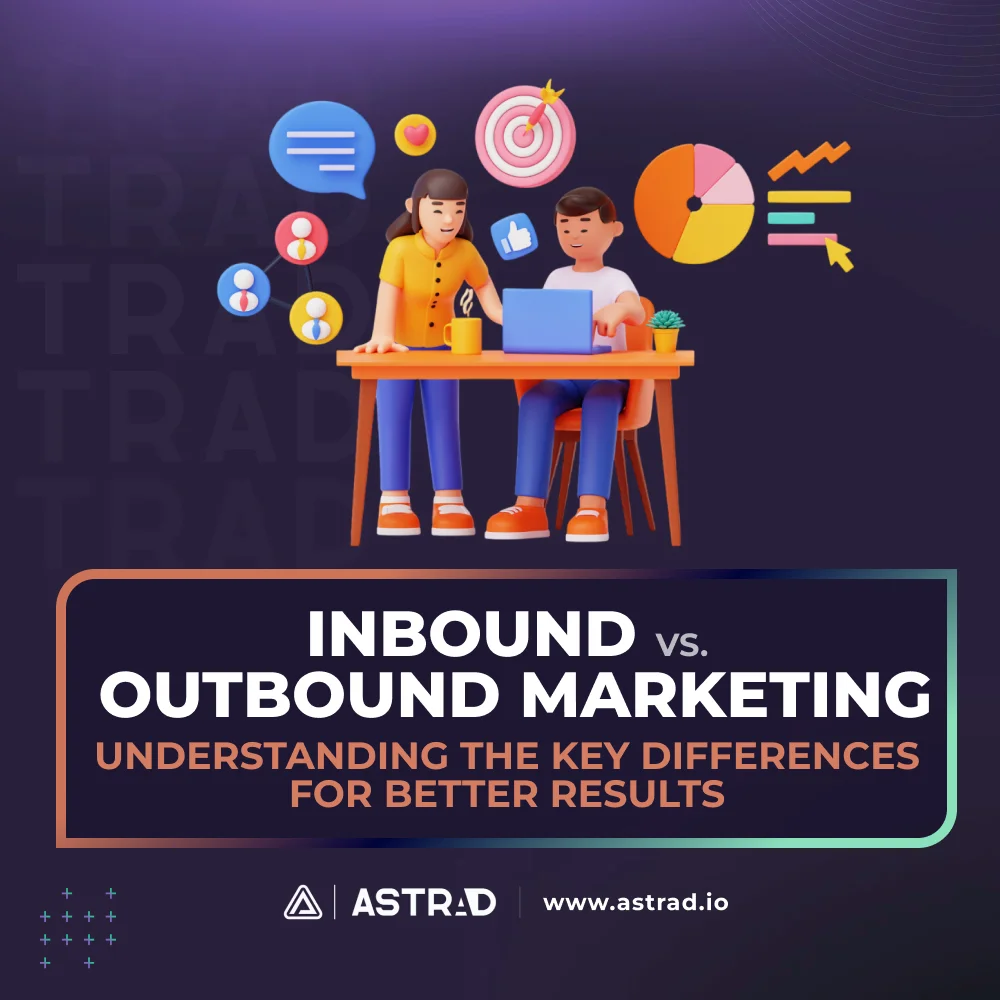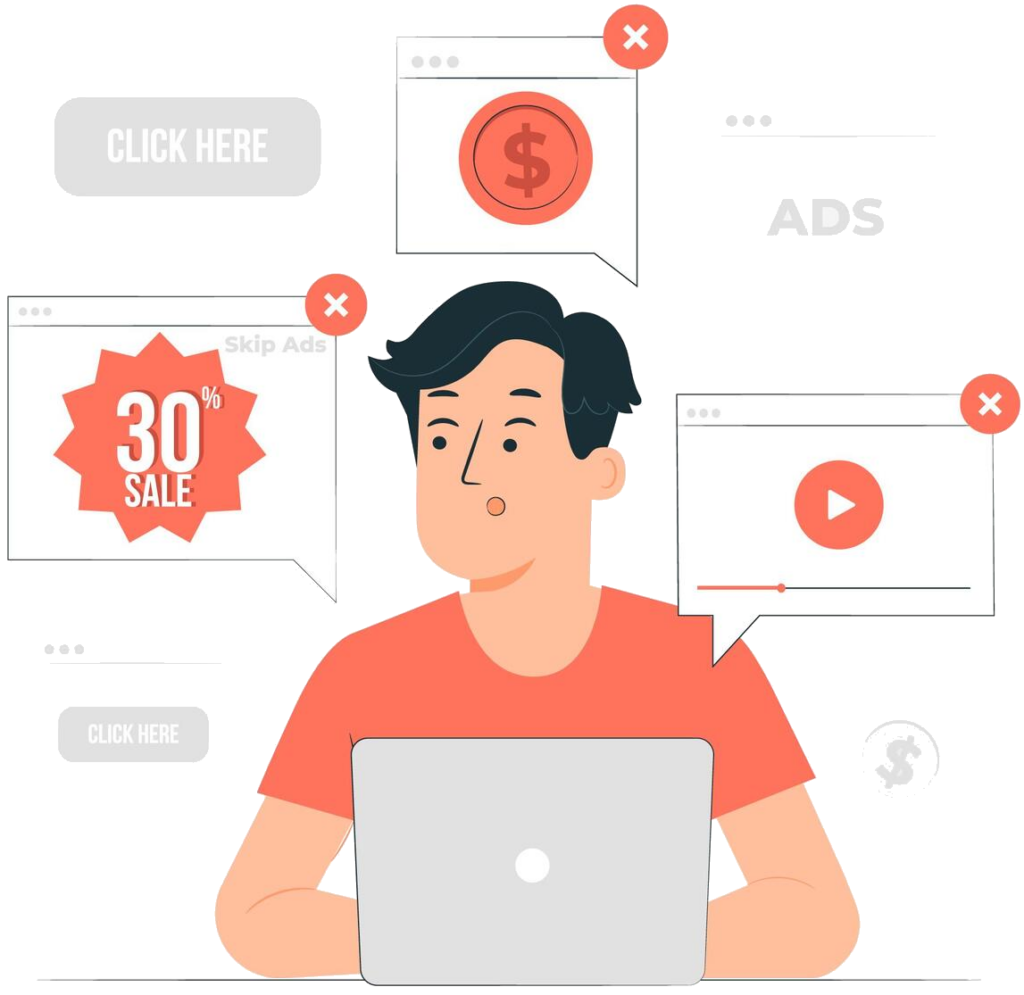You know what’s fascinating about business success stories? It’s rarely about the constant chase for new customers. Take Amazon or Apple, for instance – they’ve mastered something far more valuable: turning first-time buyers into devoted fans who keep coming back for more. That’s what we mean when we talk about how to increase customer lifetime value.
Here’s something that might surprise you: The Harvard Business Review found that bumping up your customer retention by just 5% can send your profits soaring anywhere from 25% to 95%. Pretty incredible, right? That’s the real power of focusing on ways to increase customer lifetime value.
I’ve seen too many businesses fall into the same trap – pouring all their resources into acquiring new customers while practically forgetting about the ones they already have. The result? They’re essentially leaving money on the table and watching their marketing budget go down the drain.
So, how do you actually increase the lifetime value of a customer? It’s not rocket science, but it does take a thoughtful approach. Let’s dive into some proven strategies that really work in the real world.
Customer Lifetime Value (CLV): Your Business's North Star
Think of Customer Lifetime Value (CLV) as your crystal ball for business growth. It tells you how much revenue you can expect from a single customer throughout your entire relationship. When you increase customer lifetime value, you’re essentially building a stronger foundation for your business without constantly burning through your marketing budget chasing new leads.
Let’s get real for a minute: Would you rather keep throwing money at expensive ad campaigns hoping to catch new customers’ attention or nurture relationships with people who already know and trust your brand? This is exactly why learning how to increase the lifetime value of customer relationships is so crucial.
The CLV, Retention, and Acquisition Cost Triangle
When you’re working to increase customer lifetime value, you’re doing more than just boosting sales numbers. You’re building relationships that keep bringing in steady revenue. Here’s what makes this approach so powerful:
When you keep customers around longer, you spend less on marketing to find new ones. Your satisfied customers start doing your marketing for you through word-of-mouth. And the best part? Happy customers tend to spend more over time, whether through trying new products or making larger purchases.
Breaking Down the CLV Math
Let’s make this super practical. Here’s a simple way to calculate customer lifetime value:
Picture this: Let’s say you have a customer who typically drops $50 every time they shop with you, comes back four times a year, and sticks with your brand for five years. Here’s how that plays out:
$50 × 4 × 5 = $1,000
That’s $1,000 in total value from just one customer over time. Now imagine tweaking those numbers slightly – maybe they shop six times a year instead of four, or stay loyal for seven years instead of five. Suddenly, that value skyrockets.
Here’s what makes this so exciting:
- More frequent purchases = more revenue per customer
- Longer relationships = extended revenue streams
- Better retention = less money spent chasing new customers
And here’s the best part – increasing these numbers doesn’t require a massive marketing budget. It’s all about being smart and strategic with how you treat your customers.
7 Proven Strategies to Increase Customer Lifetime Value
1. Nail Your Customer Onboarding
First impressions can make or break a customer relationship. Think about it – if someone’s confused or underwhelmed when they first start using your product or service, they’re probably not sticking around for long. But nail that initial experience, and you’ve got the foundation for a loyal customer relationship.
Let’s say you’re selling a productivity app. Instead of just letting users figure it out themselves, imagine walking them through their first project with interactive tooltips, celebrating their first milestone, and checking in personally after a week to see how they’re doing. That’s the kind of onboarding that turns casual users into devoted customers.
Try these practical approaches:
- Create clear, step-by-step guides through video tutorials and interactive walkthroughs
- Offer personal support with scheduled check-ins during crucial first weeks
- Set up helpful email sequences that guide people to success with power user tips
- Keep in touch regularly through surveys and proactive support outreach
- Create a “success roadmap” for their first day, week, and month
Remember, onboarding isn’t just about teaching people how to use your product – it’s about helping them achieve success with it as quickly as possible. The faster they see value, the longer they’ll stick around.
2. Make Every Experience Personal
In today’s world of generic marketing messages, personal touches stand out like a lighthouse in the fog. When customers feel like you really get them, they’re much more likely to stick around and spend more with your brand.
Take Netflix, for example – their recommendation engine doesn’t just suggest random shows; it learns from your viewing habits to suggest content you’re likely to love. That’s personalization done right.
Here’s how to make it happen:
- Use smart technology to recommend products based on browsing patterns and purchase history
- Address them by name and remember their preferences across all touchpoints
- Create special offers based on their shopping history and likely interests
- Tailor your content by segmenting email lists and social media content
- Use behavior triggers to send perfectly-timed messages and reminders
- Customize the website experience based on past interactions
The key is to make personalization feel helpful rather than creepy. You want customers thinking “Wow, they really understand what I need,” rather than “How did they know that about me?”
3. Build a Loyalty Program That Actually Works
Your loyal customers are worth their weight in gold. They buy more, spend more, and cost less to keep around than finding new customers. A well-thought-out loyalty program can make them feel valued while encouraging them to stick around longer. Just look at Starbucks – their rewards program isn’t just about free coffee; it’s a complete mobile-first experience that makes customers feel like VIPs.
Make your loyalty program stand out:
- Create a points system that offers real value that members will actually use
- Set up VIP tiers with exclusive events and early access opportunities
- Reward customers for referrals with bonuses that benefit both parties
- Make rewards easy to track and redeem through a user-friendly platform
- Offer experiential rewards beyond just discounts
- Create surprise moments with unexpected bonuses
- Make point redemption flexible and valuable
Remember, the best loyalty programs don’t feel like marketing schemes – they feel like genuine appreciation for customer support. Make sure every interaction adds value and strengthens the relationship.
4. Master the Art of Relevant Upselling
When someone’s already bought from you, they trust you. That trust makes it easier to introduce them to other products they might love. The key is making sure your suggestions actually make sense for them. Think about Amazon’s “Frequently bought together” feature – it’s not random; it’s based on real customer behavior and genuine product compatibility.
Try these approaches:
- Suggest naturally complementary products at the right moment
- Show what other similar customers have bought to build confidence
- Create value-packed bundles that save money while increasing order value
- Time your upsells strategically based on customer behavior
- Use purchase history to predict what customers might need next
- Implement post-purchase upsells that enhance the original purchase
The secret is to make your upsells feel like thoughtful recommendations rather than sales pitches. Every suggestion should answer the question “How does this make the customer’s life better?”
Some practical examples:
- A coffee subscription service suggesting a premium grinder to customers who buy whole beans
- A software company offering advanced training when users master basic features
- A clothing retailer recommending care products that extend the life of purchased items
- A fitness app suggesting premium nutrition plans to complement workout routines
Remember: successful upselling is about enhancing the customer’s experience, not just increasing your revenue.
5. Provide Support That Goes Above and Beyond
Bad customer service is like a leak in your business bucket – it lets valuable customers slip away. But exceptional support? That creates fans for life. Look at companies like Zappos, who’ve built their entire brand around extraordinary customer service, even staying on calls for hours to help customers find exactly what they need.
Level up your support game:
- Provide multiple communication channels for different customer needs
- Use AI chatbots and knowledge bases for quick answers to common questions
- Proactively check in after purchases to ensure satisfaction
- Turn complaints into opportunities by going the extra mile
- Implement 24/7 support through a mix of live agents and automation
- Create self-service resources for simple issue resolution
Remember: every support interaction is an opportunity to strengthen customer loyalty. Don’t just solve problems – create memorable experiences that make customers want to tell their friends about your brand.
6. Consider the Subscription Model
Subscriptions are like a steady stream of revenue rather than unpredictable drops in the bucket. They keep customers engaged and coming back month after month. Look at how Dollar Shave Club disrupted the razor industry by turning a simple product into a convenient subscription service that customers love.
Make subscriptions work for you:
- Offer attractive deals for longer commitments
- Create subscription boxes that surprise and delight customers
- Make it easy to adjust or pause subscriptions without penalty
- Add exclusive perks for subscribers
- Implement flexible delivery schedules
- Create tiered levels for different customer needs
- Develop effective win-back programs for cancellations
Remember: successful subscription programs focus on delivering ongoing value, not just recurring revenue.
7. Turn Customers Into Brand Champions
Your happiest customers can become your most effective marketing team – if you give them the right motivation and tools to spread the word. Take Dropbox’s famous referral program, which gave free storage to both the referrer and the friend they invited, helping them grow from 100,000 to 4 million users in just 15 months.
Build your army of advocates:
- Create a generous two-way referral program
- Encourage sharing through user-generated content campaigns
- Build an active community on social media
- Recognize top advocates with exclusive perks
- Make it easy to leave reviews and testimonials
- Host special events for brand champions
The Big Picture: Why This Matters
Focusing on increasing customer lifetime value isn’t just another business strategy – it’s a complete shift in how you think about growth. Instead of constantly chasing new customers, you’re building a sustainable business with a loyal customer base that grows stronger over time.
By implementing these seven strategies, you’re not just boosting numbers on a spreadsheet. You’re creating real relationships with customers who’ll stick with your brand for the long haul. And in today’s competitive market, that’s worth its weight in gold.
Remember, it’s not about quick wins or short-term gains. It’s about building a business that creates value for customers who, in turn, become more valuable to you over time. That’s the real secret to sustainable business growth..






